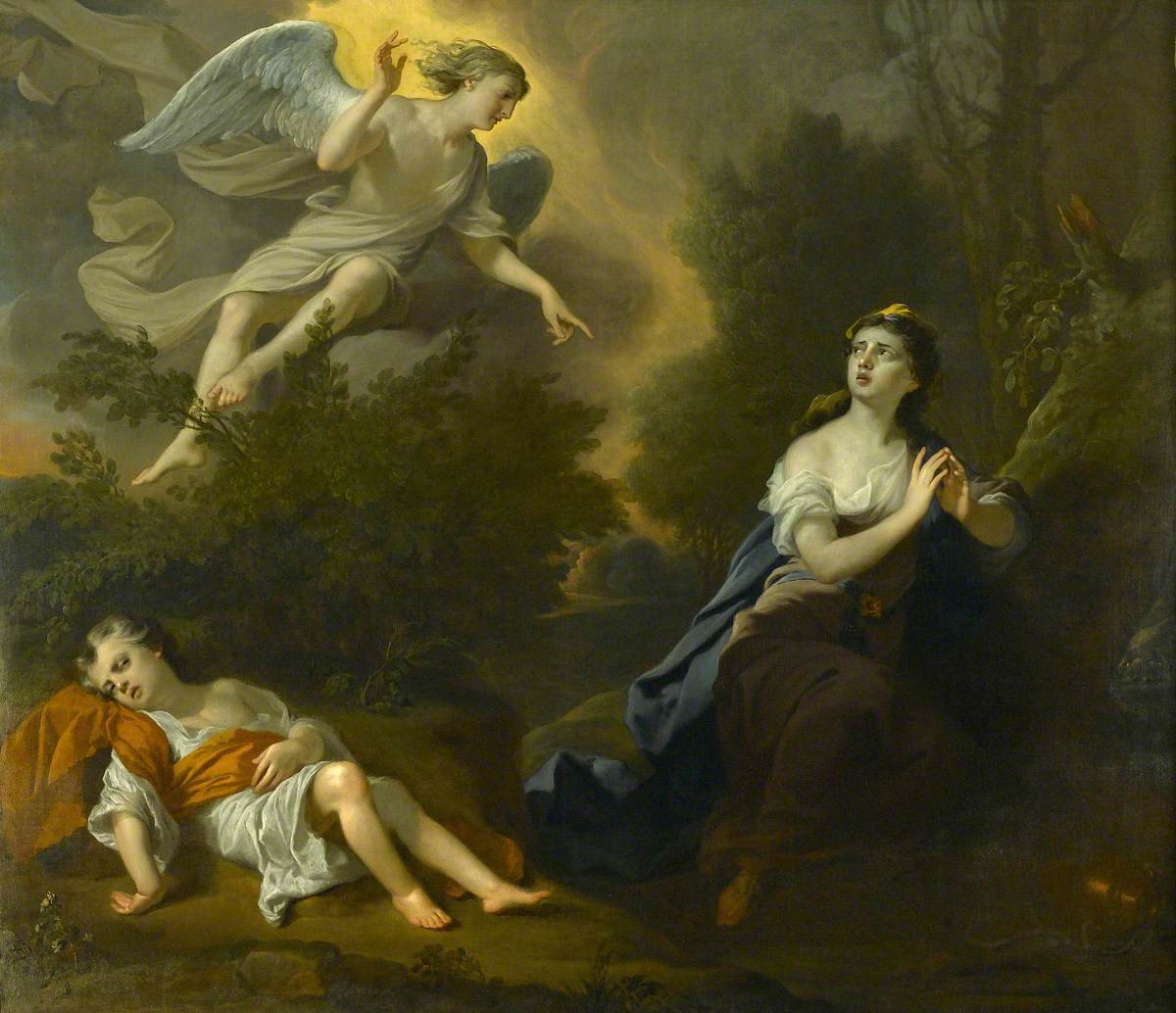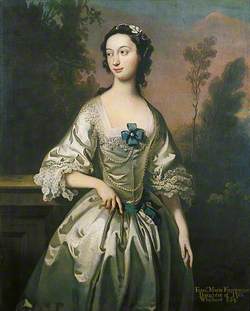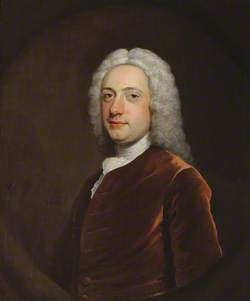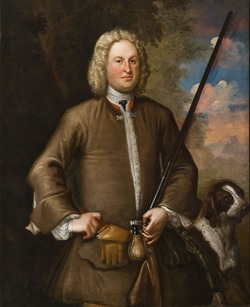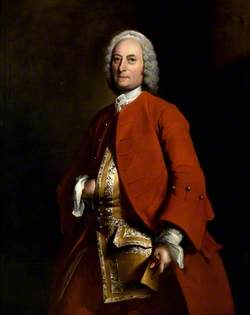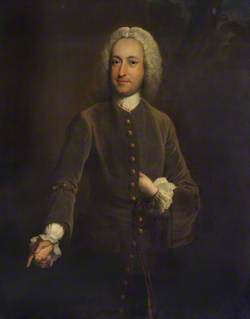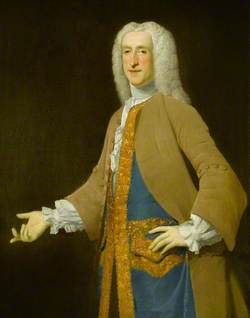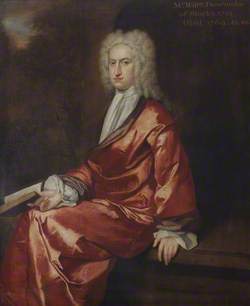How you can use this image
This image can be used for non-commercial research or private study purposes, and other UK exceptions to copyright permitted to users based in the United Kingdom under the Copyright, Designs and Patents Act 1988, as amended and revised. Any other type of use will need to be cleared with the rights holder(s).
Review the copyright credit lines that are located underneath the image, as these indicate who manages the copyright (©) within the artwork, and the photographic rights within the image.
The collection that owns the artwork may have more information on their own website about permitted uses and image licensing options.
Review our guidance pages which explain how you can reuse images, how to credit an image and how to find images in the public domain or with a Creative Commons licence available.
Notes
Add or edit a note on this artwork that only you can see. You can find notes again by going to the ‘Notes’ section of your account.
This picture illustrates the Old Testament story (taken from Genesis Chapter 21, Verse 17) in which Abraham fathers a child by Hagar, his barren wife Sarah’s servant. When Sarah miraculously becomes pregnant with Isaac, she becomes jealous of Hagar and orders Abraham to banish Hagar and her son Ishmael. This scene depicts Hagar and Ishmael in the desert of Beersheba. God has answered Hagar's prayers by sending an angel to show her where to find water for her dying son. As in the case of the three other Biblical scenes displayed in the Court Room, the subject is an allegorical reference to the Foundling Hospital helping desperate mothers and children. Joseph Highmore was born in London and studied for 10 years at Godfrey Kneller’s Academy.
Foundling Museum
London
Title
Hagar and Ishmael
Date
1746
Medium
oil on canvas
Measurements
H 172.7 x W 208.3 cm
Accession number
FM29
Acquisition method
presented by the artist, 1746
Work type
Painting
Inscription description
Indistinctly inscribed "Genesis XXI Chap. 17th Verse Fear not: For God hath heard the Voice of the Lad, where he is."
Foundling Museum
40 Brunswick Square, London, Greater London WC1N 1AZ England
Stories
-
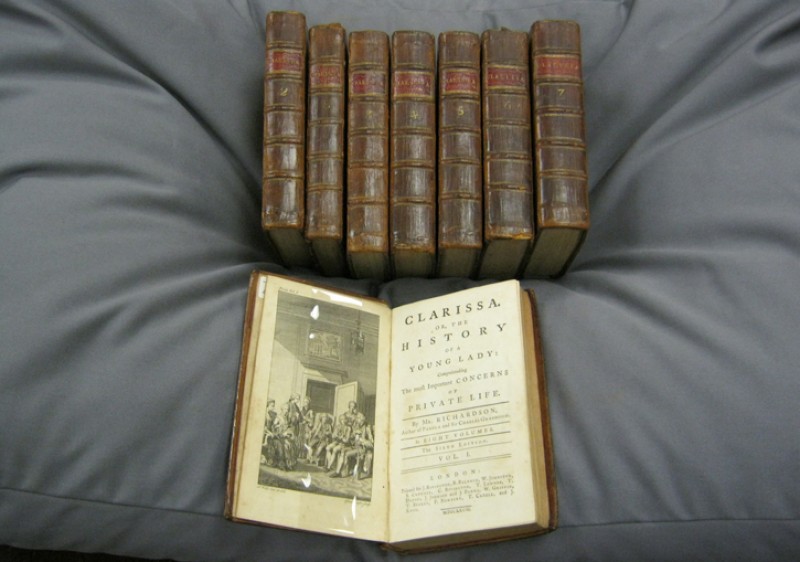 The Stationers' Company collection: a British history of publishing
The Stationers' Company collection: a British history of publishingJohn Peacock and Margaret Willes
